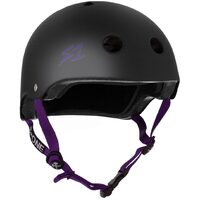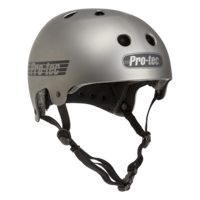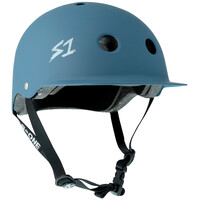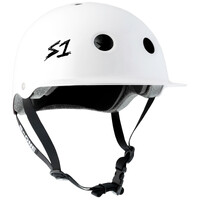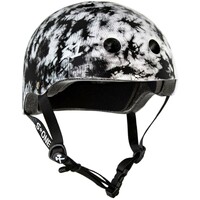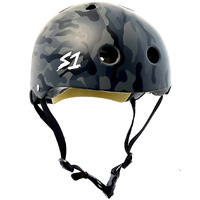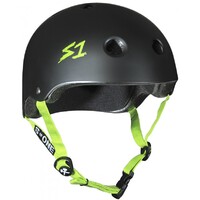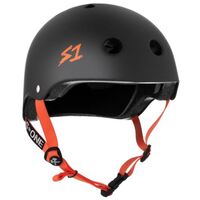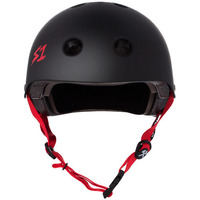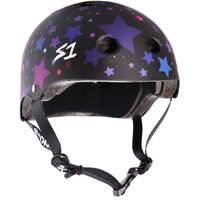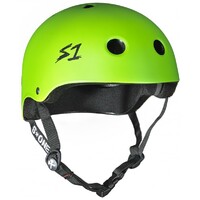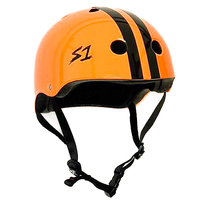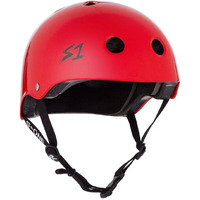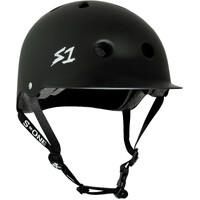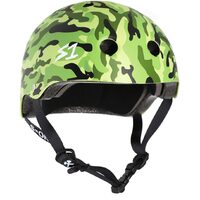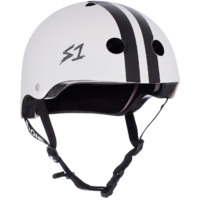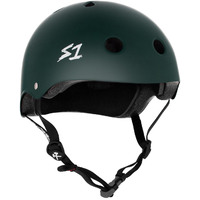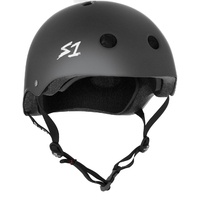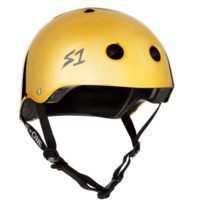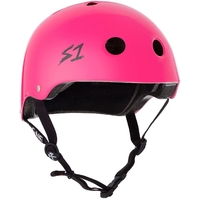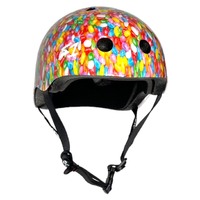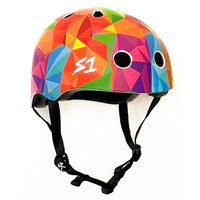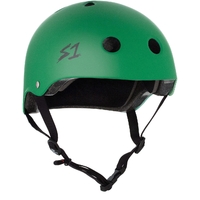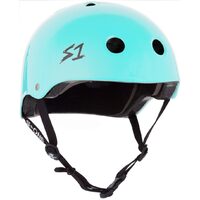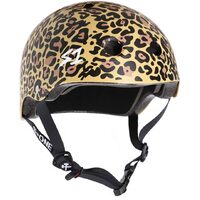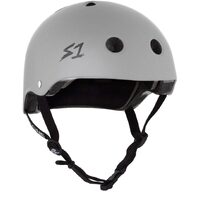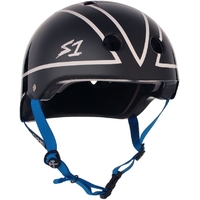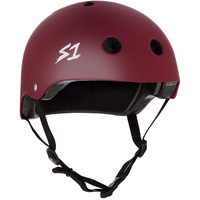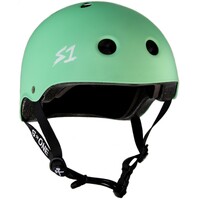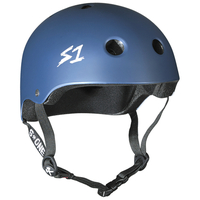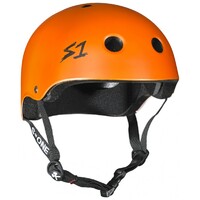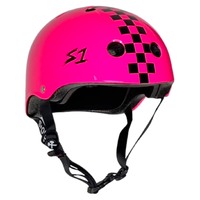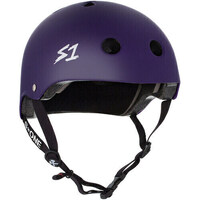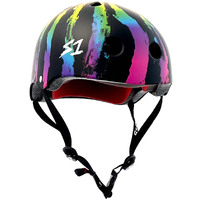Skate Helmets
Our huge range of skateboard helmets is here to save you from the pain. With our wide selection you'll be able to save your skull in style! We strongly recommend a certified helmet like the S1 Lifer for Skateboard, scooter and BMX riders.
These helmets can assist in preventing brain injuries and minimise impact damage.
We have a large range of kids and adult helmets to ensure that we can fit any size head with a perfect helmet.
Check out the Lifer Mini for little kids with mini heads and big energy!
Scroll down for our buying guide, if you're on the Sunshine Coast it's best to pop instore to try on different sizes to get the perfect fit.
Need a reliable skateboard helmet? This guide dives straight into the best options for you. You’ll find insights into making a smart purchase and key considerations for skateboard helmet safety and style —all without the fluff.
Helmet Shop: Choosing the Right Skateboard Helmet. A Buyer’s Guide
Key Features to Look For
When selecting a helmet, consider factors like fit, ventilation, and weight. A good helmet should feel comfortable, offer ample air circulation, and not be too heavy on your head.
Helmet Safety Certifications
Safety certifications stand as a significant factor to consider, as they ensure the helmet meets the necessary safety standards. A reliable helmet should possess the CPSC (Consumer Product Safety Commission) certification and adhere to the ASTM F1492 standard, making it a certified helmet. All S-One Lifer helmets meet these standards.
Helmet Size
Another key consideration is the size of the helmet. It’s essential to measure the circumference of your head approximately one inch above your eyebrows and consult the sizing chart provided by the manufacturer to identify the suitable size.
Skateboard Helmet Shape
When choosing a skateboard helmet, it's important to consider the shape and fit. Some helmets have a rounder shape, while others have a more oval shape. It's crucial to find a helmet that fits your head shape comfortably and securely to provide the best protection. It is important to consider the different categories of skateboard helmets available in the market, including standard skate helmets, full-cut skate helmets, full-face helmets, and half-shells.
To maintain its protective capabilities, a skateboard helmet should ideally be replaced every 2 to 3 years or after a significant impact.
Embracing Safety in Skateboarding
Investing in a high-quality skateboard helmet is crucial for every skateboarder, regardless of their skill level. From the versatile Sandbox helmet suitable for both skateboarding and water sports to the high-end S-One helmet and the classic design of the Pro-Tec helmet, each helmet offers unique features that cater to different preferences and needs. Make an informed decision and ensure your safety while enjoying the thrill of skateboarding.
FAQ
Q: Is a bike helmet OK for skating?
A: It's not recommended to use a bike helmet for skating, as helmets are designed to meet the specific safety requirements of each activity. Using the right helmet for a specific activity provides the best protection.
Q: How do I choose a skate helmet?
A: To choose a skate helmet, use a measuring tape to measure around the widest part of your head, about one inch over your eyebrows, and then match it with the size chart provided for the helmet you want. This will ensure a proper fit and protection for your skateboarding activities.
Q: How long are skating helmets good for?
A: An S1 Lifer helmet, like other helmets, has a limited lifespan, typically 3-5 years. This is because the helmet's protective materials degrade over time, even without an impact. It's important to replace your helmet after this period, or if it has been involved in a significant impact or shows signs of damage. It's also important to ensure the helmet still fits well as kids grow, replacement padding for S1 Lifers may be purchased separately changing the size of the helmet as needed.
Q: How tight should a skating helmet be?
A: Make sure the helmet fits snugly on the head without any gaps, sitting low on the forehead and feeling comfortable but secure. Avoid it being too tight to prevent headaches.
Q: What are the recommended safety certifications for a skateboarding helmet?
A: When selecting a skateboarding helmet, look for CPSC certification and adherence to the ASTM F1492 standard to ensure reliability and safety.

